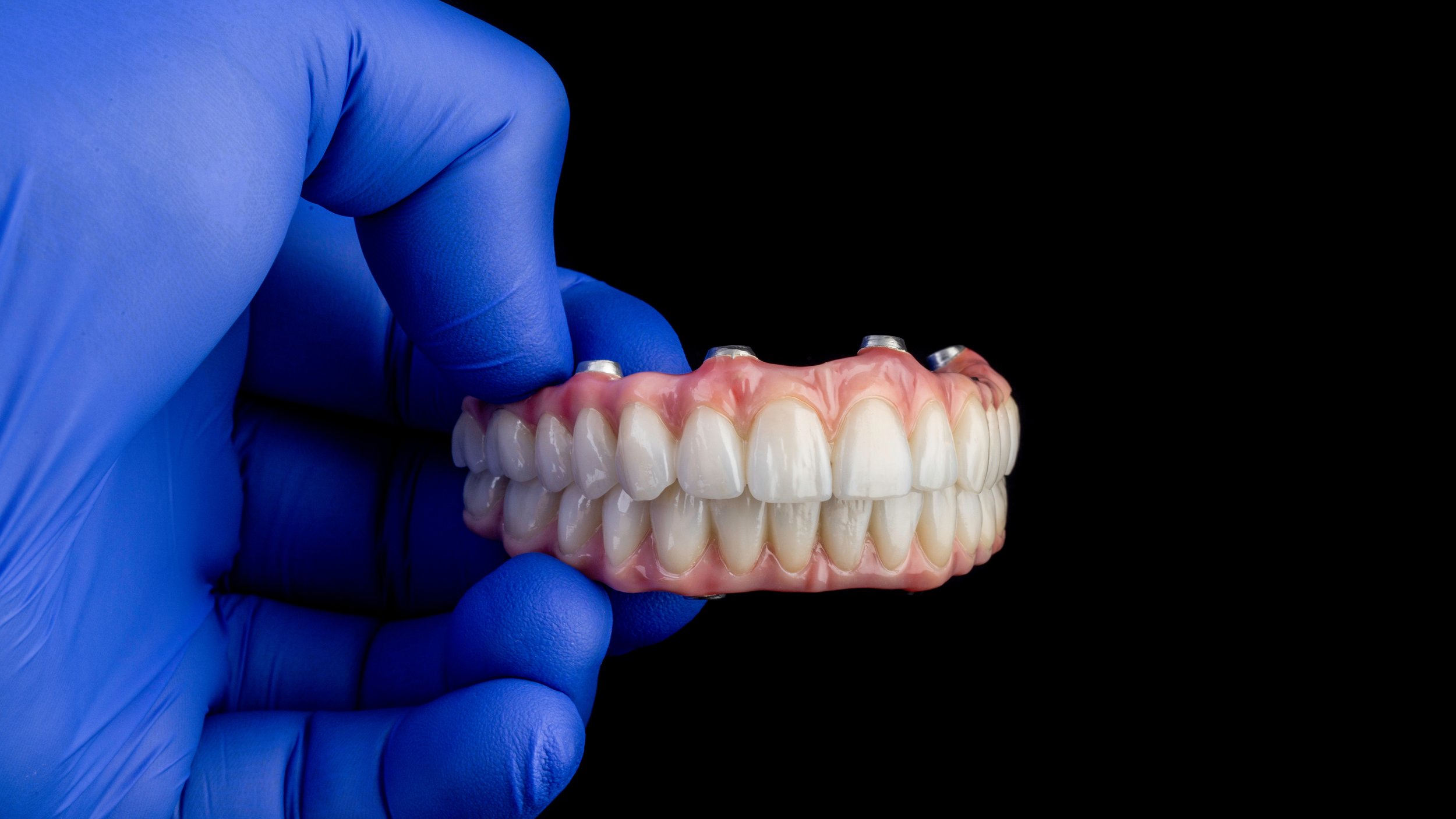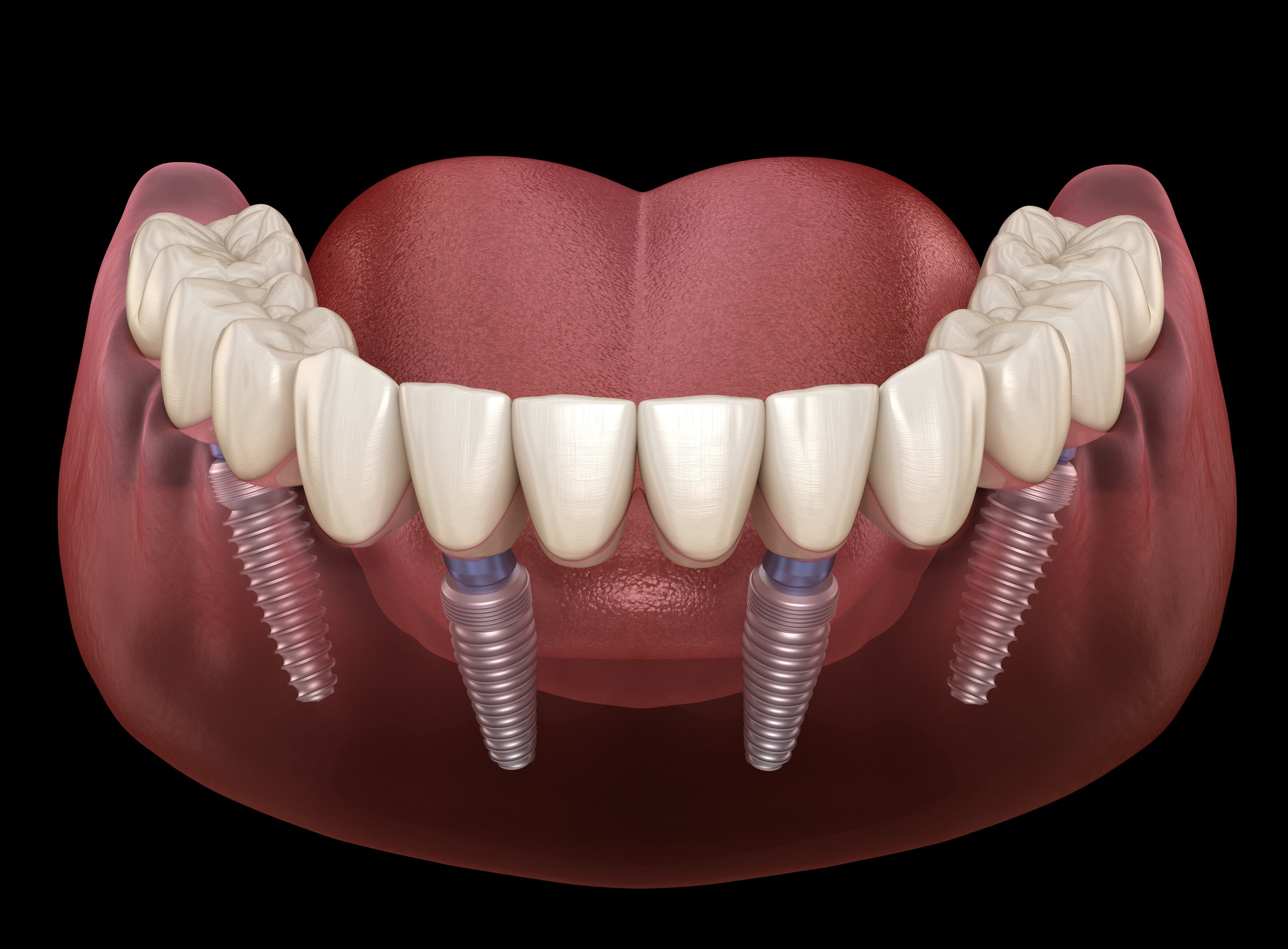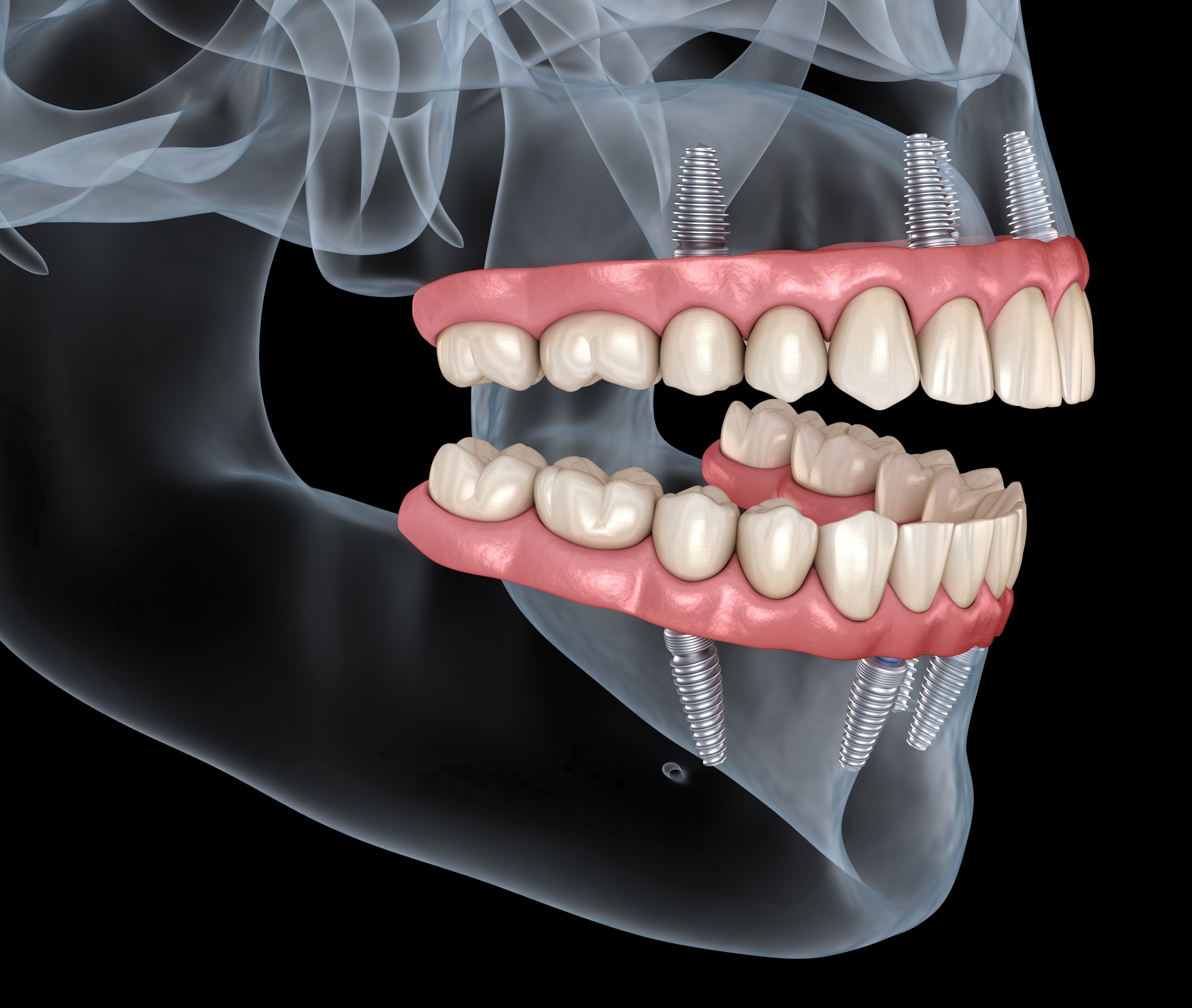TMJ Treatment
Discover effective TMJ treatment options for jaw dysfunction. Find relief and improve your quality of life today!
A prosthodontist specializes in diagnosing and treating jaw disorders, including temporomandibular joint (TMJ) dysfunction, which can cause pain and discomfort in the jaw area. With a comprehensive understanding of oral and maxillofacial anatomy, a prosthodontist evaluates the underlying issues contributing to TMJ symptoms, such as misalignment of teeth or jaw irregularities. Through customized treatment plans that may include advanced therapies, dental appliances, or restorative procedures, they effectively relieve pain and restore functionality. This specialized care not only alleviates discomfort but also enhances overall oral health, allowing patients to regain their quality of life.
Before
After
What is the purpose of a jaw splint?
A jaw splint serves several important purposes in dental care. Primarily, it stabilizes the bite and aids in the treatment of temporomandibular disorders (TMD). By providing a therapeutic cushion and promoting proper alignment of the jaw, splints help alleviate pain and discomfort associated with TMD.
Additionally, splints protect the teeth from excessive wear and potential trauma. They act as a barrier during clenching or grinding (bruxism), which can wear down enamel and lead to serious dental issues. A common goal of using an occlusal splint is to safeguard the temporomandibular joint (TMJ) discs. By minimizing dysfunctional forces on the TMJ, splints help prevent conditions such as perforations or permanent displacements, ultimately preserving joint health and function.
A key goal of using an occlusal splint is to protect the TMJ discs from the dysfunctional forces that could result in perforations or permanent displacements. This protective measure helps ensure the joint and surrounding structures remain healthy, ultimately contributing to improved oral function and overall well-being.
A jaw splint serves multiple purposes, primarily focusing on stabilizing the bite and addressing various issues related to the temporomandibular joint (TMJ). It is commonly employed in the treatment of temporomandibular disorders (TMD), aiming to alleviate symptoms such as pain, discomfort, and limited jaw movement.
By providing a cushion between the upper and lower teeth, a jaw splint can prevent wear and trauma to the dentition caused by clenching or grinding, often referred to as bruxism. Additionally, a key goal of using an occlusal splint is to protect the TMJ discs from the dysfunctional forces that could result in perforations or permanent displacements. This protective measure helps ensure the joint and surrounding structures remain healthy, ultimately contributing to improved oral function and overall well-being.
Orthognathic Splints: noninvasive, conservative treatment for jaw dysfunction.
Dr. David Zelby, a leading prosthodontist in Atlanta, excels in the treatment of temporomandibular joint (TMJ) dysfunction using orthognathic splints. This innovative and noninvasive approach offers patients a conservative method for alleviating jaw pain and discomfort associated with TMJ disorders.
By strategically designing and applying these custom splints, Dr. Zelby helps to realign the jaw, reduce muscle tension, and restore proper function. His expertise ensures that each treatment plan is tailored to the individual needs of the patient, promoting not only relief from pain but also enhancing overall oral health and quality of life.
Consulation for TMJ - TMD Disorder
It all begins with a consultation with Dr. David Zelby
Schedule an appointment with Atlanta Prosthodontist, Dr. David Zelby
Discuss symptoms, medical history, and any previous treatments.
Conduct a thorough examination of the jaw, teeth, and facial structure.
Diagnosis
Utilize imaging techniques such as X-rays or MRI to assess jaw joint structure.
Identify specific type of TMJ or TMD present (e.g., inflammatory, structural).
Developing a Customized Treatment Plan
Collaborate with the patient to create a tailored approach based on diagnosis.
Options may include conservative treatments, surgical options, or a combination.
Conservative Treatment Options
Recommend lifestyle modifications (e.g., stress management, diet changes).
Discuss physical therapy exercises to improve jaw mobility.
Prescribe medications to alleviate pain and inflammation (e.g., NSAIDs).
Splint Therapy
Fabricate a custom dental splint or night guard to reduce jaw strain.
Educate the patient on proper use and care of the splint.
Regular Follow-up Visits
Schedule periodic check-ups to monitor progress and make adjustments.
Reassess symptoms and make necessary modifications to the treatment plan.
Advanced Treatment Options
If conservative methods are ineffective, consider advanced approaches.
Discuss options like corticosteroid injections or minimally invasive surgery.
Long-term Management
Educate the patient on ongoing care and management strategies.
Encourage continued communication about symptoms to adapt the plan as needed.








